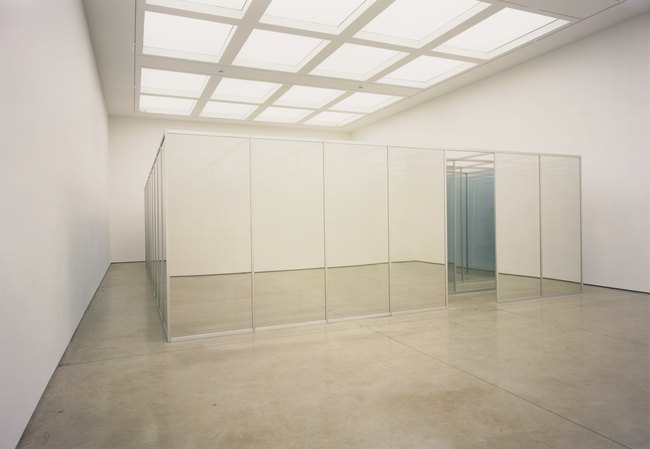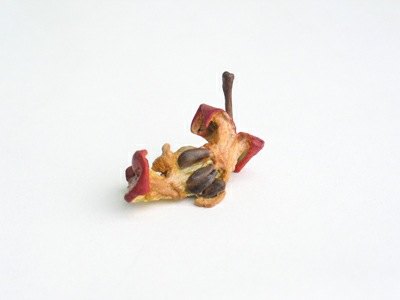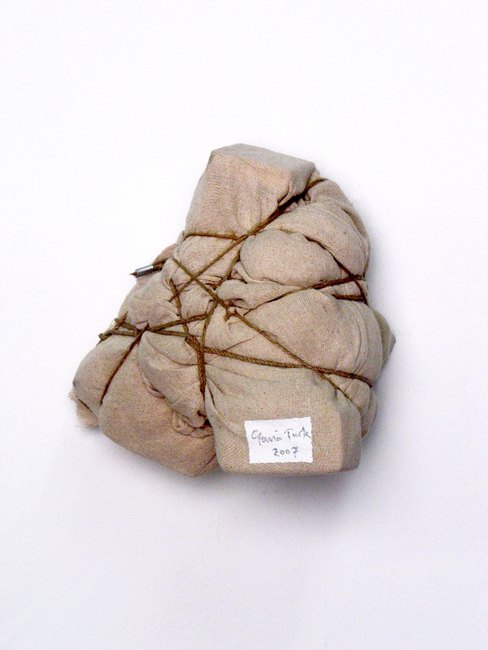AboutEssays2007The Myth of Zeuxis and Parrhasius
Pliny’s “Natural History” tells us that the painter Zeuxis came to fame in ancient Greece in the 4th year of the 95th Olympiad, that is, in 397 B.C., only a few decades after ‘the gates of art had been thrown open by Apollodorus’. One day he challenged his colleague Parrhasius to a bet. Both were accomplished in the art of naturalistic representation, but now it was time to find the superior. As the artists set up their work in front of the theatre, Zeuxis offered to go first. He showed a painting of grapes so convincing that birds flew to the fruit and began to peck at it.
Parrhasius subsequently presented a picture draped in a curtain. Certain of his victory, Zeuxis requested that the cloth should be removed and the image revealed. There was much surprise as it turned out that the painting was, in fact, nothing but the depiction of this very curtain. Zeuxis admitted defeat; where he had managed to fool the birds, Parrhasius had succeeded to deceive Zeuxis himself, an artist experienced in such matters of trickery and artifice.
It was a double blow: not only were Zeuxis’ artistic abilities shown to be inferior, but his own judgment was aligned with that of an animal. Did he from that moment onwards see himself whenever he looked up at the birds? We do not know. Later in life he had another go. He painted a child carrying a bowl of grapes. Once again the birds flew down to feast. Zeuxis was furious. Had he depicted the child with the same sort of skill, he shouted, the birds would not have dared to approach the image. And Parrhasius? Legend has it that nature attempted to have its revenge on him. Three times did lightning strike his painting of Meleager, Heracles and Perseus, yet the picture remained intact.





